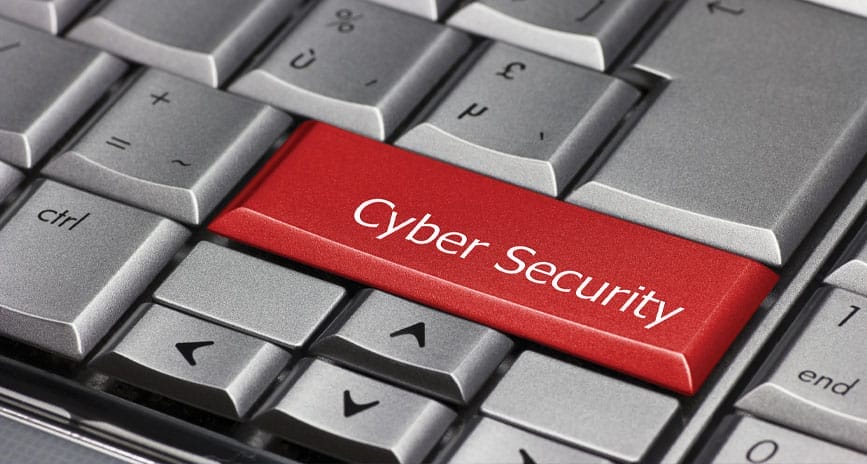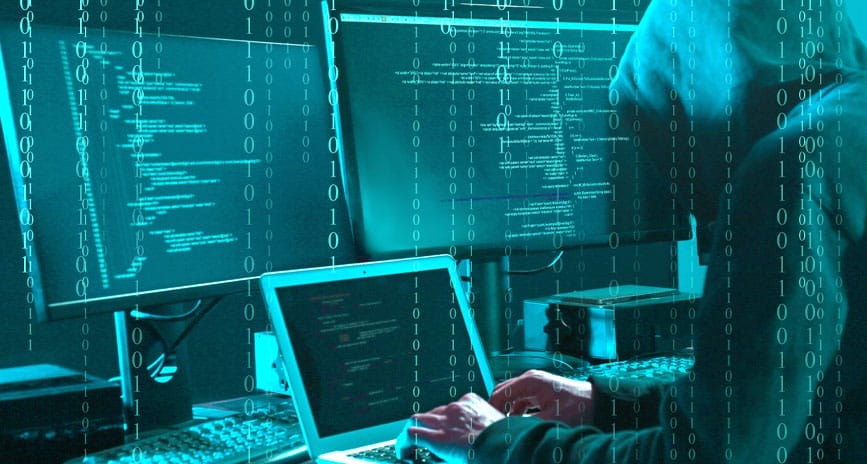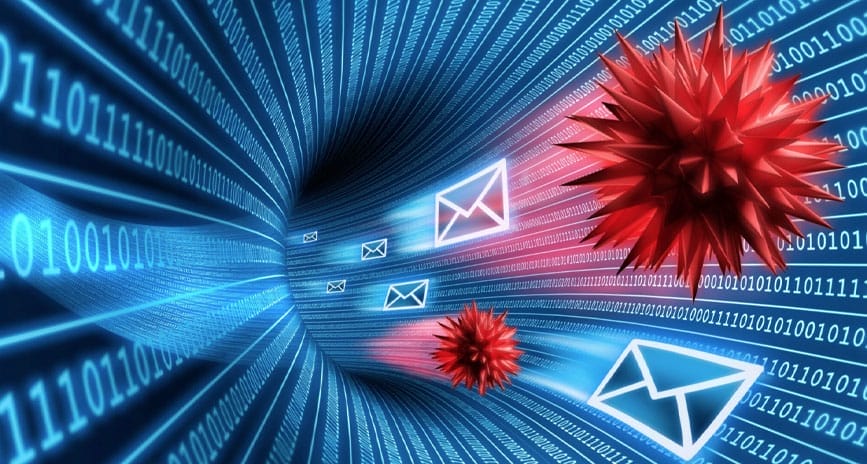As the world embraces the digital era, cyber-attacks and fraud calls have increased day by day. The biggest reason for numerous cyber threats is currently uncontrolled access over online user accounts, so, the only solution to this problem is to install a method safeguarding against unauthorised access. In places where customer verification is important, stronger customer authentication (SCA) is now required as a method for anti-spoofing measures.
Get the FilesDNA app now. Use it FOREVER, for FREE. CLICK HERE
Face recognition and liveness detection from FilesDNA stand as the perfect solution to fight digital crime, and the technology offers an incredibly effective method to combat fraudulent authentication. Facial recognition is commended worldwide amongst many chosen online user authentication techniques, however, our solution offers a 3D liveness detection tool that has many additional features that help in determining the remote presence of the user at the time of verification. The system has the potential to expose a fraudster through its powerful algorithms. FilesDNA’s facial recognition comes with a live detection feature in biometric face verification that can detect if the person is live – and can even mitigate against 3D face masks, high-resolution photos, and video replay attacks.
Remove the mask on face recognition and liveness detection
Facial recognition is a type of security technology that uses the feature that everyone has; a face. Nowadays, face recognition systems are used at many places as a replacement for passwords, IDs, and other types of personal identification. The technology has seen great advancements. For example, today’s systems can detect micro-expressions on a person’s face. Further, there has been great progress on ensuring accurate identification in differing lighting settings and with a variety of complexions.
The most important recent advancement of the recognition system is the ability to detect whether it is interacting with a physical human or an inanimate spoof image or a video. Liveness detection looks for lip or eye movement, prompted motion, texture and reflection detection on video, and 3D depth analysis.
There are two types of liveness detection:
- Passive liveness detection – uses encoded algorithms that don’t require anything from the user as they detect an applied set of known spoofs.
- Active liveness detection – uses techniques where the user is asked to perform specific actions like blinking or facial movement. This makes it challenging and time-consuming for fake users to crack into the system.
Although liveness detection methods can take a bit of time to identify users, they come with increased safety measures that make them worth the investment.
The future of liveness detection
Biometrics has come a long way and has become much more advanced in liveness detection. In addition, advanced technologies are being developed to make sure that liveness detection becomes more highly secure and efficient in order to avoid frustrating users.
How does face recognition work?
The process of comparing the data received by the cameras to the database of known faces and finding the exact match is called face identification and recognition.
Key features
Biometric authentication systems have gained a lot of popularity in recent years, and it has improved as a result of the rising challenges and demand in the marketplace. Here are some key features of the FilesDNA’s face recognition and live detection system:
- AI or artificial intelligence plays an important role in improving biometric security.
- It also comes with anti-spoofing methods that have the ability to detect suspicious elements when the user uploads a picture.
- Uses a 3D mapping technique to measure the captured image.
- It can also perform microexpression analysis that can detect minor facial movements of the user.
- The liveness detection algorithm determines the physical presence of the user quickly and accurately.
Why should you rely on FilesDNA’s verification technology?
FilesDNA also uses blockchain integration, AI/ML technologies, and other biometric systems for added security. Moreover, it also comes with an optional and affordable Smart Signature Pad, which gives you the feeling of signing a document with a pen on paper. The app lets you edit, sign, share, and store all your important documents securely. With FilesDNA, you can also share your important documents with multiple people.
Apart from that, FilesDNA also lets you add a signature from your device along with initials and date. So in order to add a signature to your documents, you just need to add the document in the software, select your signature, and drag and drop it to the document. That’s it!
Facial recognition software as detailed above is available as a suite of additional online resources offered by FilesDNA.

Mo Sahib, FilesDNA
filesdna.com
Edit, sign, send and store your precious files securely
FilesDNA’s features include:
- Blockchain integrity
- AI/ML technology
- Smart Signature Pad
- Web and mobile app
- NFC reader
- OCR with multiple languages
- QR and BARcode reader
- E-archive system
- Document management and e-signature solution
Get the FilesDNA app now. Use it FOREVER, for FREE. CLICK HERE
Use it for professional or personal needs.
0161 818 9519
sales@filesdna.com
filesdna.com




